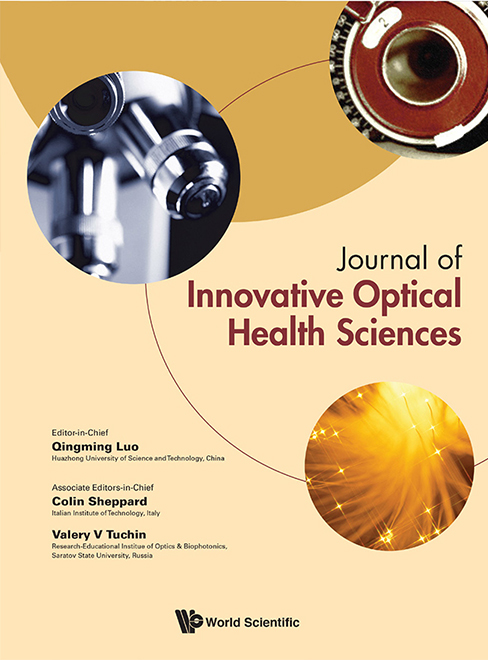 View fulltext
View fulltext
Blood glucose (BG) concentration of the human body serves as an important index for diagnosis of diabetes, and its detection methods need to be more e±cient due to high mortality rates for diabetes. Typical household BG meters are
Hematologic malignancies are one of the most common malignant tumors caused by the clonal proliferation and differentiation of hematopoietic and lymphoid stem cells. The examination of bone marrow cells combined with immunodeflcie
Tissue engineering has become a hot issue for skin wound healing because it can be used as an alternative treatment to traditional grafts. Nanofibrous films have been widely used due to their excellent properties. In this work, an
Folate deficiency has been confirmed to be related to various diseases. Unfortunately, there are few reports on the folate status of Chinese adults. This study aims to evaluate the serum folate status of blood donors in south-cent
Age-related Macular Degeneration (AMD) and Diabetic Macular Edema (DME) are two common retinal diseases for elder people that may ultimately cause irreversible blindness. Timely and accurate diagnosis is essential for the treatmen
Photobiomodulation (PBM) promoting wound healing has been demonstrated by many studies. Currently, 630 nm and 810 nm light-emitting diodes (LEDs), as light sources, are frequently used in the treatment of diabetic foot ulcers (DFU
Early diagnosis and fast detection with a high accuracy rate of lung cancer are important to improve the treatment effect. In this research, an early fast diagnosis and in vivo imaging method for lung adenocarcinoma are proposed b
Drug addiction can cause abnormal brain activation changes, which are the root cause of drug craving and brain function errors. This study enrolled drug abusers to determine the effects of different drugs on brain activation. A fu
Low-dose computerized tomography (LDCT) scanning is of great significance for monitoring and management of pulmonary nodules on chest computerized tomography (CT). Nevertheless, the malignant potential of these nodules is often di










